You may have heard a lot of talk about L2 these days and maybe you don't know what they are and are too afraid to ask or maybe you 'kinda' know what they are but not really sure how to use them. People keep talking about crazy low fees and maybe you want to see how it works.
This guide will help you get started.
On edit: by beginner I don't really mean a crypto noob but rather someone who has been using Ethereum for years, has a hardware wallet, understands self custody, transactions, uniswap, metamask, etc but never used an L2. For that person this is their beginner guide on switching to L2s.
So what are L2?
L2 or Level 2 networks are a seperate blockchain which gains security from an L1 (in this case Ethereum) by passing information back to L1. This provides a way to keep L2 validators honest and punish them for attempted bad actions. In essence they are like a sidechain (i.e. Polygon) but with additional security. In Polygon POS as unlikely as it is to happen if the validators of Polygon conspire against you to commit fraud there is nothing Ethereum can do. It is an independent chain. With L2 the rollups pushed up to Ethereum provide an irreversible canonical record and can be used to prove the fraud, reverse the fraudulent transactions, and financially damage those who engaged in the fraud.
L2 are also the future of scaling. The Ethereum ecosystem today (not tomorrow or five years from now but today) using L2 can support at least 1,000 tps. Every transaction made on L2 instead of L1 allows at least a 100x increase in throughput. With further optimizations of rollups and refinements in the L1 a target of 10,000 tps is reasonable. Once full danksharding is completed 100,000 tps are possible.
I am not going to go into the technical details of how and why as this post is already a small novel but I will do a deeper dive in another post.
Wallet
You are going to need a cross chain wallet. That is a single wallet that support Ethereum and Ethereum L2s (and optionally side chains and other compatible L1s). In theory you have a lot of options but I am going to just say save yourself a lot of frustration and get Rabby. Seriously night and day compared to metamask or ledger live (gag).
Rabby is open source and available as chrome extension, standalone desktop, and standalone mobile app versions. If you have a hardware wallet device like ledger or trezor you can connect it to rabby. Keys stay in the device, rabby is just the UI and a much better UI for dealing with L2. One nice thing about rabby is it has an option to block metamask and redirect metamask requests to itself. You can also turn this off and direct all requests back to metamask. This means you can use it with dapps that don't support rabby natively by just clicking the metamask option in the dapp.
If you have a software wallet you can either create a new seed phrase for rabby as a trial run or import your existing seedphrase. I know the later sounds scary so trial run it with a new seed phrase. Remember never store seed phrase in any digital form. Analog (paper) offline form only.
Honestly not sure why I farted about with metamask so long this is the next generation wallet for the future L2 driven world. You can tell it was built to support L2 natively and not something hacked on as an afterthought.
Hard to list all the advantages of Rabby but here are just a few
- A unified cross chain token list. It shows all your tokens across Ethereum and all L2s and uses little network icons on the token icons to make it clear. If you want to see just one network you can click on the network icon and filter to just that network. Unlike metamask it comes out of the box ready with every L2 that exists plus sidechains (polygon) plus every EVM compatible L1 (i.e. ada).
- Automatic switching between networks. If you are on uniswap and switch from uniswap ethereum to uniswap Arbitrum the wallet will switch too. This makes working across multiple networks a lot nicer.
- Easy way to block spam tokens/nfts from token views.
- Separates out all defi applications with summaries (i.e. everything you are lending at aave and everything you are borrowing).
- Support for whitelisting addresses and locking down transfers to only whitelisted addresses
- Ability to tag both sites and contracts as trusted or not.
- Provides various optional warnings on first used contracts, low trust contracts, and unknown contracts.
- Nice interface for revoking permissions and ability to batch revoke old permissions
- Create bookmarks of commonly used dapps and load the web page directly from the wallet.
- Transaction simulator to show you what executing a transaction will do before you do it
Lots more honestly it is a great wallet and hands down the lowest friction most understandable way to get involved with L2. Even if you aren't ready to switch to L2 it is a great wallet for Ethereum and you are L2 ready when you take the plunge.
Centralized Exchange Onramps
If you are just interested in dipping your toe in to try things out before dealing with bridges honestly Centralized exchanges are the way to start. Fees to get crypto into L2 are cheaper. It works the same way as sending from your exchange account to your wallet except you pick the L2 as the network instead of Ethereum. If you just want to try things out I recommend depositing $50 on one of the major exchanges and then withdrawing it as ETH to an L2. Once on the L2 you can swap as you see fit.
I don't know the status of exchanges for non Americans but here are the big five in the US. I also included Polygon, BSC, and Solana withdraw fees for comparison. There is no L2 exchange support yet for common ERC-20 tokens such as WBTC, UNI, MKR, SUSHI, ZRX, MATIC, SHIB, PEPE, MKR, SNX. Right now it is limited to ETH and stablecoins.
The prices are withdraw fees obviously deposits from L2 are free. Prices converted to dollars for ease of comparison and for non-stablecoins will vary. The ??.?? are for where a withdraw is available but I couldn't confirm a price it likely is similar to others at that exchange but didn't want to assume. Crypto.com interface is just dogshit and I could only torture myself so long.
- E = Ethereum (I think you know this one)
- A = Arbitrum One (commonly just called Arbitrum)
- O = OP Mainnet (which has to be the dumbest/confusing name most people just call it 'Optimism')
- B = Base (L2 developed by team at coinbase)
- Z = zkSync Era (come on guys work on naming)
Coinbase ETH E:$ 3.09 A:$0.07 O:$0.29 B:$0.01 (Polygon:$0.05) USDC E:$ 9.05 A:$0.00 O:$0.00 B:$0.00 (Polygon:$0.00 & Solana:$0.00) DAI E:$ 6.25 A:$0.05 O:$0.27 USDT E:$ 8.38 (no L2 support yet) Kraken ETH E:$12.00 A:$4.00 O:$4.00 Z:$12.00 (Polygon:$4.00) USDC E:$ 8.00 A:$2.00 O:$2.00 (Polygon:$1.00 & Solana:$1.00) USDT E:$ 8.00 A:$2.00 O:$2.00 (Polygon:$1.00 & Solana:$1.00) DAI E:$ 8.00 A:$2.00 (Polygon:$1.00) Binance.us ETH E:$22.59 A:$1.22 O:$1.22 (BEP2:$0.35 BEP20:$?.??) Crypto.Com ETH E:$20.00 A:$4.00 O:$4.00 Z:$1.60 (Polygon:$?.?? Arbitrum Nova:$????) USDC E:$??.?? A:$?.?? O:$?.?? (Polygon:$?.?? Solana:$?.??) USDT E:$??.?? A:$?.?? O:$?.?? (Polygon:$?.?? Solana:$?.??) DAI E:$??.?? (no L2 support yet) Gemini Nothing as in absolutely nothing. Come on Gemini. A couple things to note. The first is that Arbitrum is the most widely supported. Of the 5 major US exchanges 4 support Arbitrum, 4 support Optimism although sometimes with higher fees or less options, 2 support ZK Sync Era but only for ETH, only one supports Base.
The other thing to note is coinbase has impressively good fees for L2 withdraws. Ethereum ranges from $0.01 to $0.29 and USDC is free. Kraken and Crypto are way overcharging although still 80% less than Ethereum. Kraken charging $12 for a zk sync era withdraw has to be a mistake. Hey Kraken check your pricing.
Which L2 to use?
Right now there are almost two dozen L2s and more projects being started up.
Four of the bigger ones right now are Arbitrum, Optimism, Base, and zKSync Era which are compared below.
Transaction costs are going to vary depending on what transactions so I include fees for both a simple transfer of ETH between two addresses and a uniswap direct swap between two tokens. TVL from defilama is included to get an idea of defi activity on the chain. Also included is "TVL" from l2beat but to avoid confusion I am going to call it "TAV" total asset value because having two different TVL is just confusing. The TVL/TAV is useful to see how much stuff a chain has and thus the likelihood of finding assets to lend, borrow, or swap. Note TAV includes "idle" assets while TVL is assets locked into defi protocols. Average transactions per second over the last 7 days provides an indication of relative volume between chains.
Ethereum (L1)
TAV: ~$720B ($450B ETH, $60B ERC-20 stablecoins, $210B non-stablecoin ERC-20 tokens) TVL: ~$46B dApps: 997 tps: ~10 tps Eth transfer gas fee: ~$2.00 Uniswap gas fee: ~$12.00 Pretty sure you know this one already. Included for comparison.
Arbitrum (officially "Arbitrum One")
Technology: Optimistic Rollup TAV: $16.2B TVL: $3.3B (20% of L1) dAPPS: 575 (58% of L1) tps: ~12 tps (120% of L1) Eth transfer gas fee: ~$0.03 Uniswap gas fee: ~$0.09 The largest L2 by far in terms of TAV and TVL. It now routinely has higher transaction volume than Ethereum. It also boasts the largest CEX support and the most dapps. If you don't know which chain to start on this is a solid first choice. The transaction fees are slightly higher than other L2. Not clear if this is due to demand or simply less optimization. Fees are still >99% cheaper than Ethereum. It has a TVL higher than any "eth killer" L1 chain. Note the full name is actually Arbitrum One although some places will just call it Arbitrum. There is a separate project Arbitrum Nova which is a ultra high speed low cost sidechain designed to niche applications where cost trumps security and decentralization.
Optimism (officially "OP Mainnet")
Technology: Optimistic Rollup TAV: $7.7B TVL: $0.9B (6% of L1) dApps: 218 (22% of L1) tps: ~6 tps (60% of L1) Eth transfer gas fee: <$0.01 Uniswap gas fee: <$0.01 Solidly the number two option. Optimistic is behind Arbitrum so far in every metric except fees. It impressively has very low fees even compared to other L2. A uniswap swap was <$0.01. Routinely around 0.2 cents even for bridge or swap transactions. That is >99.98% cheaper than Ethereum. You could do almost 5,000 swaps on Optimism for the cost of one swap on L1.
Base
Technology: Optimistic Rollup TAV: $1.4B TVL: $0.7B (4% of L1) dApps: 234 (23% of L1) tps: ~12 tps (120% of L1) Eth transfer gas fee: ~$0.01 Uniswap gas fee: ~$0.01 The big claim to fame for base is it is supported by coinbase (base, coinbase get it). Ties optimistic in low fees and has an impressive amount of dapps but only exchange supporting withdraws so far is coinbase.
zkSync Era
Technology: zk Rollup TAV: $0.7B TVL: $0.2B (1% of L1) dApps: 101 (10% of L1) tps: ~15 tps (150% of L1) Eth transfer gas fee: ~$0.01 Uniswap gas fee: ~$0.04 (SyncSwap) The only one of the big four using zk Rollups. zk Rollups have a lot of long term potential but there are challenging making them EVM compatible and thus specific dapps may not currently be possible or require changes. This has resulted in the lowest dapp numbers of the four and with it lower TVL/TAV. Uniswap is not available but the comparable syncswap had $0.04 gas fee. One advantage of zkRollups is when using the canonical bridge to move tokens back to L1 there is no delay.
No seriously which L2 should I use?
Right now if you haven't identified a specific need I would recommend Arbitrum as a first choice. The fees are slightly higher than other options (so 99% instead of 99.9% lower gas fees) but it has wide support in terms of tokens, dapps and exchange support.
Bridges
Before messing about with bridges between L1 and L2 I strongly recommend getting setup with Rabby and transferring $20 to $50 of ETH from a CEX to an Arbitrum. It is simpler and easier and you can get started very quickly with very little risk or stress. However eventually you are likely going to want to move your "stuff" already on the L1 to an L2 in order to make future transactions cheaper.
Your three options are:
Use a CEX: While not a bridge exactly using a CEX can be a lot cheaper. As an example coinbase charges $0.01 to $0.29 for a withdraw to Arbitrum and deposits from the Ethereum network are obviously free. This means a CEX can essentially be a low cost bridge. Deposit your ETH/tokens to CEX from Ethereum network to the exchange's provided Ethereum address. Once it clears then withdraw to your L2 address.
Pros: very cheap possibly free
Cons: limited to ETH and some stablecoins at this time
Use a crosschain liquidity pool based bridge: These work like uniswap liquidity pools but across chains. They usually have a percentage fee in the 0.1% to 0.4% range and gas tends to be cheaper than canonical bridges. If your token isn't available you will need to use a canonical bridge but worth checking out first. Due to the % pricing if you have a large amount of assets (>$100k in a single token) it may be cheaper to use the canonical bridge. Just like uniswap began with a few dozen tokens and exploded to thousands I expect the same will be true of liquidity bridges
Pros: more tokens supported, usually lower cost than canonical bridge if value is low
Cons: Limited by liquidity so may not be suitable for very large transactions
There are numerous bridges but three of the largest for supporting L2 are:
- Hop Protocol - https://app.hop.exchange/
- Rhino Finance - https://app.rhino.fi/
- Stargate - https://stargate.finance/transfer
Hop Protocol is limited to ETH and stablecoins but tends to have fast performance and low gas fees. It has some nice pools with token rewards for helping out. The other two are more comprehensive supporting a large number of tokens and even supports bridging to sidechains and other L1s.
Use the canonical bridge: Every L2 has a bridge which is a part of the L2. It is how assets become part of the L2. Tokens are locked up on Ethereum and then an equal amount minted on the L2. When bridging the other way the tokens on L2 are burned and then an equal amount unlocked on L2.
Pros: any ERC-20 token supported and exchanged at 1:1
Cons: usually the most expensive option due to L1 gas fees unless bridging a very high value ($100k+).
How do I buy staking tokens and cold storage them on L2?
- Deposit funds on a CEX which supports L2 withdraws
- Once funds clear buy Eth
- Withdraw to L2 of your choice (Arbitrum recommended)
- Use a dapp like https://curve.fi to swap from ETH to STETH or WSTETH
How do I trade shitcoins?
- Deposit funds on a CEX which supports L2 withdraws
- Once funds clear buy Eth
- Withdraw to L2 of your choice (Arbitrum recommended)
- Use a dapp like uniswap to swap ETH for shitcoins
Note: options may be limited but liquidity pools are building out on L2. Check uniswap ahead of time so see if the token you are interested is available. Be sure to change uniswap network icon (upper right) to an L2.
Do I need L2 tokens?
L2 tokens are only used for governance. The gas on L2 is Eth just a lot less. Your L2 wallet will need Eth to pay for gas so your first transfer should be Eth. If you trap yourself Rabby wallet does have a gas fillup option. It comes with 20% fee ($20 of ETH for $24) but you can pay for it with any coin on another network.
What about polygon?
Polygon POS (the chain you pay for gas with MATIC) is not an L2 it is a sidechain. You can think of sidechains as a prototype version of L2. As a sidechain polygon POS does not benefit form the security of Ethereum. TVL/TAV for Polygon has been declining as people move funds to L2 which provide high tps and low fees but with the security of rollups to L1 (Ethereum). Note if you currently have tokens on Polygon POS you may wish to just bridge them directly to an L2 instead of up to L1 and then to an L2.
What is my address for L2?
That is the great part. It is the same address as L1 (Ethereum) and the same on every L2.
How do I pay for gas on an L2?
ETH is the gas for almost all L2. So your first deposit/bridge/swap into an L2 should be ETH so now you have the gas you need. Works just like Ethereum just 99.9% cheaper. Right now gas prices on Arbitrum are 0.1 GWEI and on Optimism they are 0.0004 GWEI and on Ethereum they are 32 GWEI.
Where can I learn more about L2s?
https://l2beat.com/ Covers various L2, development progress, and risks
https://defillama.com/ Not L2 specific but good source for comparing L2 to various sidechains and L1 ("eth killers")
https://ethereum.org/en/developers/docs/scaling/ Ethereum scaling docs. Good insight into concepts and direction Ethereum is going towards
https://vitalik.eth.limo/general/2023/10/31/l2types.html Vitalik blog on comparing L2 types including some now obsolete ones
https://vitalik.eth.limo/general/2021/01/05/rollup.html Vitalik doing some early back of napkin math on how rollups will save gas and scale tps.
[link] [comments]

You can get bonuses upto $100 FREE BONUS when you:
💰 Install these recommended apps:
💲 SocialGood - 100% Crypto Back on Everyday Shopping
💲 xPortal - The DeFi For The Next Billion
💲 CryptoTab Browser - Lightweight, fast, and ready to mine!
💰 Register on these recommended exchanges:
🟡 Binance🟡 Bitfinex🟡 Bitmart🟡 Bittrex🟡 Bitget
🟡 CoinEx🟡 Crypto.com🟡 Gate.io🟡 Huobi🟡 Kucoin.

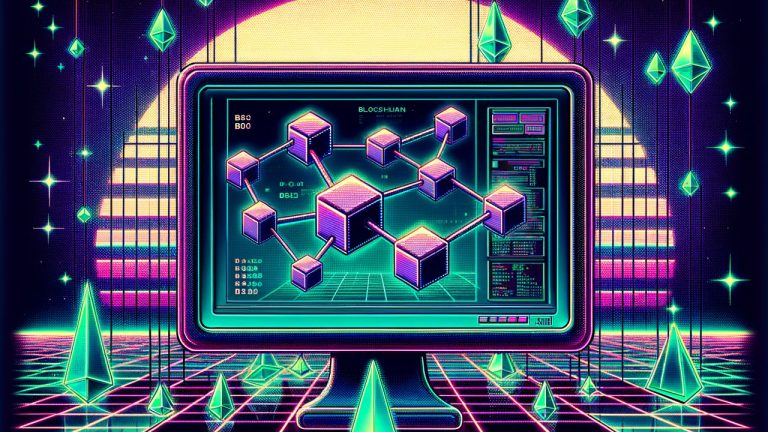



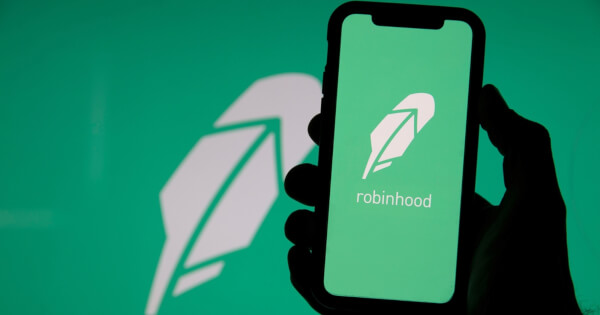
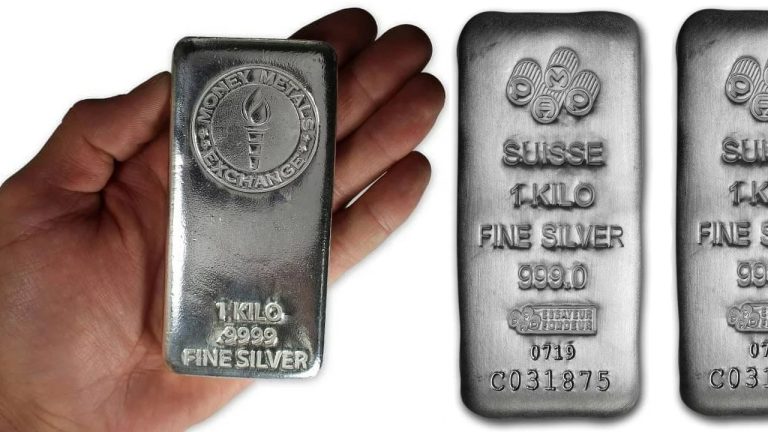

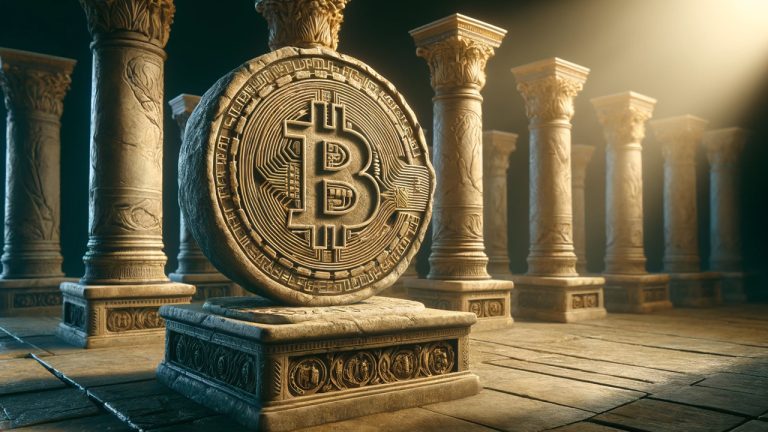

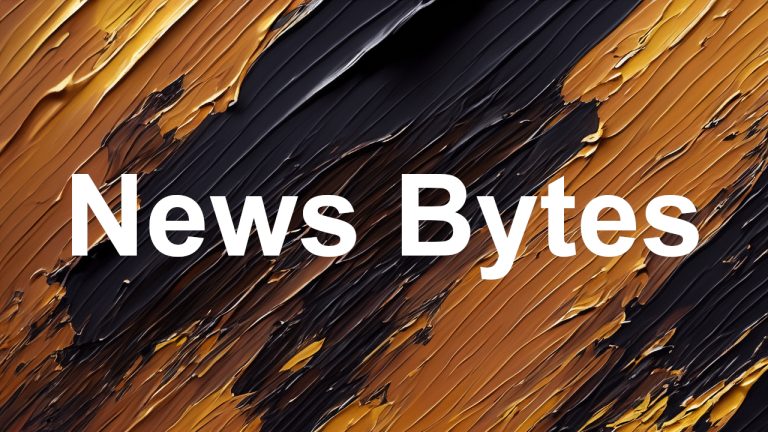
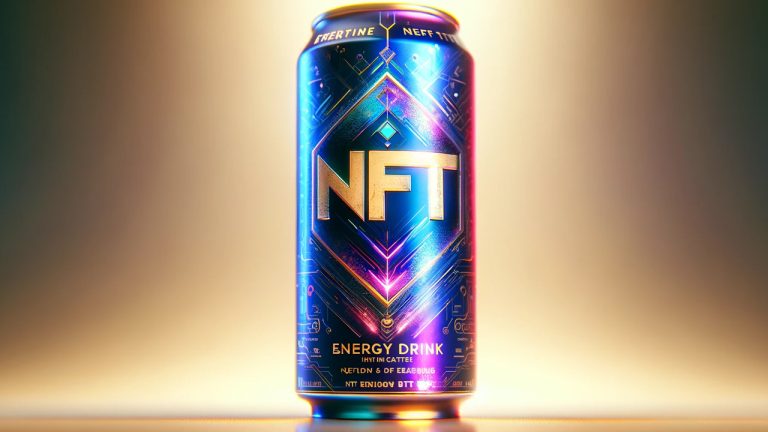



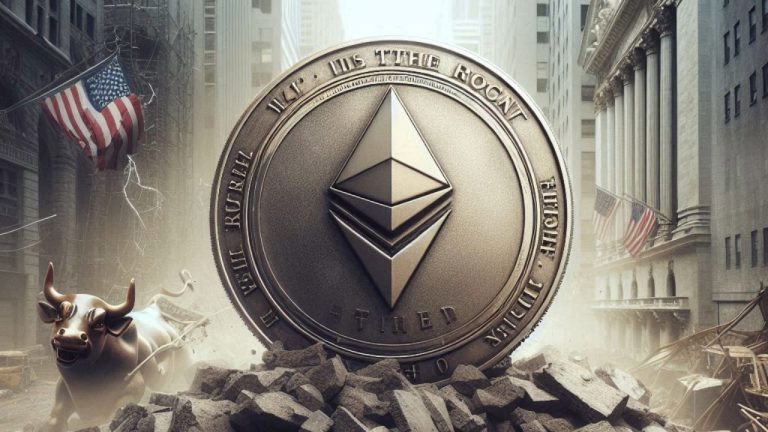
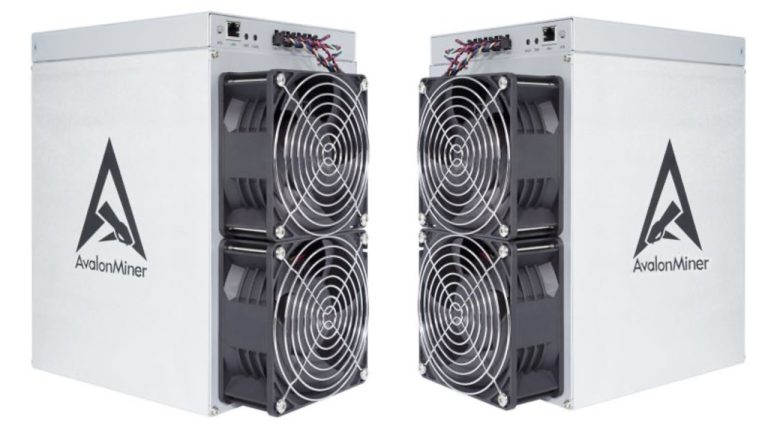

Comments